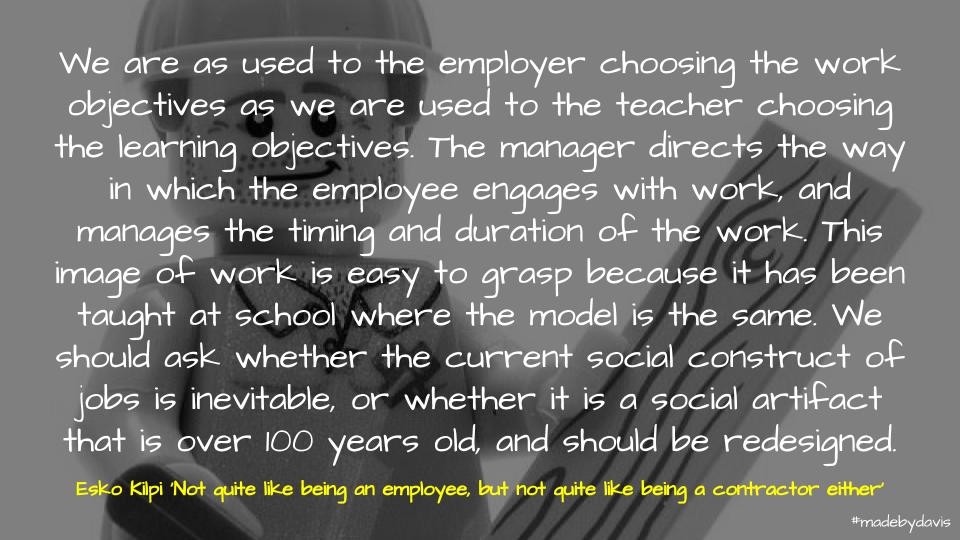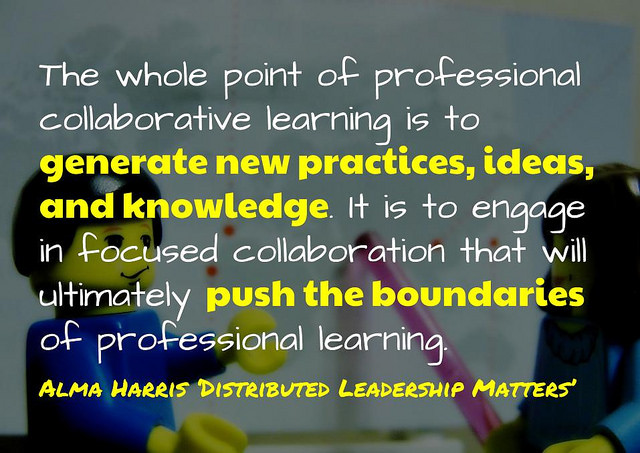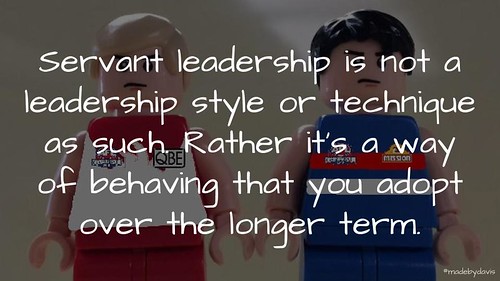I must admit, I am often a little circumspect about sporting biographies. I think that it has got to be about more than just the game. I read Eddie Betts’s The Boy from Boomerang Crescent as I was interested in his journey, similarly I was interested in reading All In by Joel Selwood as much to find out more about the person off the field, especially after watching him pull Sam Moorfoot on the ground after the 2022 Grand Final and his retirement media conference.
There are some biographies which break headlines with ‘the truth’ to controversial circumstances, for Betts’ a lot was made about the pre-season camp where players where challenged on highly personal aspects of their past. All In is not really one of those books. Maybe that is because Selwood does not have such events in his life, but it feels more like a conscious choice to only focus on the positives. Although he tries to tell his side of the story around such things as head high tackles and free kicks
It didn’t take me long to recognise I could gain an advantage over my opposition by exploiting the difficult skill of tackling. And, in my opinion, tackling is the worst executed skill in football. That isn’t because players aren’t good at tackling. It’s just difficult to run 12 or 15 kilometres in a game and also execute such a technical skill when an opponent, with the whole ground to work with, is carrying the ball and running quickly at you or away from you. I identified this as a real weakness in our game and took advantage of that. I prided myself on knowing the rule book better than most and I knew exactly what the umpires were expected to adjudicate when it came to head-high contact. As a competitive professional, knowing every angle mattered.
Source: All In by Joel Selwood
As well as recounting some silly behaviours, such as covering the teammate’s cars with sausage or taking a short cut across St Mary’s in a car race home, in general the book is simply about capturing his life without controversy. As he shares in the introduction, this is a book written as much for his son, Joey, so that he can know about his life and shared with everyone else in the process.
Interestingly, All In often felt as much a summary of the football team as it is about Selwood himself. Whether it be how the team performed or the changes around the club. I was left thinking that this was as much a reflection of the sort of person and leader Selwood was and is. It often felt like the book was about others as much as it was about himself. Every page seemed to mention someone or thank someone else, and this always felt intentional. For example, he brings up Jordan Clark a number of times, a high draft pick whose decision to leave was surrounded with innuendo. The book felt like a continuation of the role of captain, where he was forever balancing all the different roles and relationships. (On a side note, I am reminded here of Austin Kleon’s post about the complexity of going from one child to two, I shutter to think how many relationships Selwood is balancing in such an exercise.)
In regards to style, I fell it is a book that really focuses more on narrative and timelines. There are times when it would be interesting to have more detail into some situations, but this would make it a different book I guess. While I thought that the choice to have his wife, Britt, tell much of the story of their experience with IVF was important. It could have been told through his voice, however, as Britt captures, so much of IVF is left up to the female and it would not have been possible to honestly recount so many events from the male perspective. It also helped capture a world off the field.
Selwood is always upfront about making the most of his talent by being “all in”. (Ironically, maybe this is actually his talent?) However, I was left wondering about the sliding door moments in his life, those variables which helped make him who is was and is. Whether it be his father’s interest in running, his parent’s decision to not send him to Caulfield Grammar, the recommendation from Graeme Allan who was at Brisbane where his brother was playing to see a particular specialist about his knee, the luck of landing at a club in its prime, I am always left thinking how much chance and others in general play out in these sorts of situations.
I am glad I read the book and feel that there is probably a lot to the gleaned around leadership, especially after his experience with Leading Teams.
‘Ruthless’ was appropriate as a value at that time but around 2012, as the playing group transitioned, it was not so important. By then, we needed to do things differently, to play to the strengths of a new crop of players, to establish a framework but to let players be themselves within that framework. Surely in a high-performance sport being both ruthless and caring can co-exist. Perhaps it should be about being relentless in the pursuit of improvement rather than being ruthless.
Source: All In by Joel Selwood
The game also taught me that rigid preparation was not always possible. What was possible was that I could switch on as soon as I dragged the jumper over my head. Eventually the assistants would refer to me as Sir William Wallace, the hero of the Mel Gibson film Braveheart, when they saw me put on the jumper and joke whether I would be able to go over the hill one more time. They knew that was my cue to put all aside and concentrate on the game. It became a habit for me. They thought that trait was remarkable.
Source: All In by Joel Selwood
My intent was never in question but when you carry that view of leadership – that success was your responsibility – the danger is that when something goes wrong, you look to blame someone else. If you are not careful you can become a cop, rather than a teammate, and forget that the group that had won premierships had changed and other methods might be needed to give different – and new – individuals a prod.
Source: All In by Joel Selwood
Some people can work themselves up way too much. They think you need to do this, or you need to read that. I keep it simple: what about just generally being half a decent person? Have your eye out a little bit for everyone and make sure you have a bit of fun along the way. That was the basis of everything I strived to do.
Source: All In by Joel Selwood
I also enjoyed James Saunders’ reading of the book, which I found via Bolinda Audio’s BorrowBox app.
If you enjoy what you read here, feel free to sign up for my monthly newsletter to catch up on all things learning, edtech and storytelling.

















